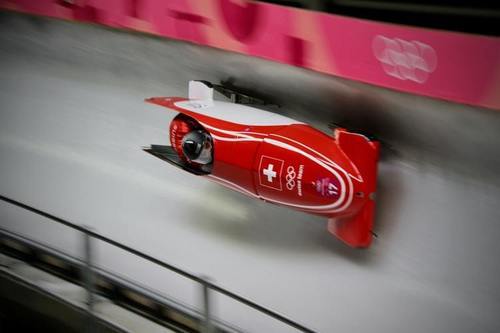Also known as bobsleighing, this is the sport of sliding on an ice-covered incline that can be either natural or artificial. Racers use a sledge, also known as a bob or bobsleigh, which carries two or four people. Bobsledding was invented in the 1880s in New York and the ski resorts of the Swiss Alps.
The first bobsledding competition was held in Saint Moritz, Switzerland, at the Cresta Run in 1898. Undoubtedly, the sport got its name from a back and forth bobbing technique that helped to increase the sledge’s speed. The sport became internationally recognised in 1923, and led to its inclusion in the Olympic Winter Games in France the next year. Even though women participated in the races since the sport started, they only made their Olympic debut for women’s two-person events in 2002.
Early Stages
Initially, sledges were made from wood until a few years later, in the mid-20th century, when they started using steel and aluminium. They are made with a streamlined cowling at the front to help reduce resistance. They are of two types, two-person boblets and four-person bobsleighs. Rules put in place limit weights to 390kg and 630kg for the team and a sledge, respectively. The maximum kilos of a sledge for a two-woman competition should be approximately 350kg.
The beginning of a race is a very crucial moment for the success of the team. The riders wear cleated shoes and run, pushing their sledge to achieve maximum velocity. As the sledge builds momentum, the riders jump inside. The pilot in front enters first and the brakemen at the rear enter after.
Heavier sledges carrying four riders gain speed approaching 160kph. The smaller ones that are lighter are slightly slower. The race is determined by the total time elapsed for the four runs of each heat that the team takes. The time is monitored through electric timing equipment to measure the time that each heat takes.

